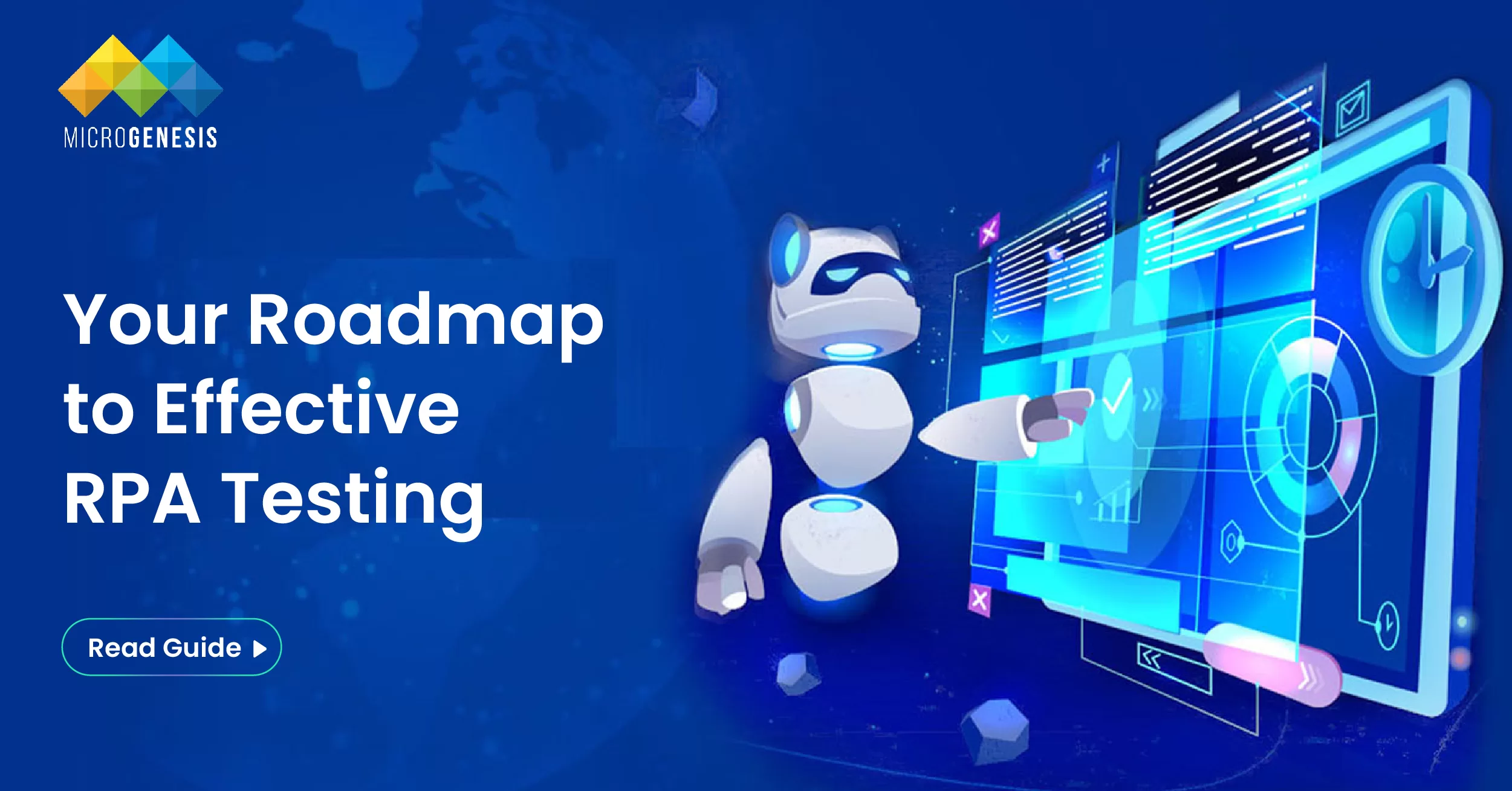Robotic Process Automation (RPA) has become a transformative technology for businesses seeking to streamline operations, reduce manual work, and boost efficiency. By automating repetitive, rule-based tasks, RPA allows employees to focus on higher-value activities, driving productivity and cost savings. However, to fully realize the benefits of RPA, organizations must implement it strategically and follow proven best practices to maximize RPA efficiency.
In this article, we explore the top 7 RPA best practices that help businesses improve efficiency, enhance productivity, and maximize their automation investments.
What is RPA and Why is it Important?
RPA, or Robotic Process Automation, refers to the use of software robots, or “bots,” to automate repetitive, rule-based tasks that were previously performed by humans. These bots interact with digital systems and applications in the same way that a person would, but with greater speed, accuracy, and consistency.
Implementing RPA helps businesses:
- Reduce human errors
- Improve process efficiency
- Lower operational costs
- Enhance compliance and auditability
- Free up employees for more strategic work
- Achieve higher RPA ROI (Return on Investment)
Industries like banking, insurance, healthcare, manufacturing, and retail are increasingly adopting RPA to drive digital transformation, optimize business processes, and improve competitiveness.
1. Identify High-Impact Automation Opportunities
The success of an RPA initiative depends on selecting the right processes for automation. Not all tasks are suitable for RPA. Focus on processes that are:
- Repetitive and rule-based
- High-volume and time-consuming
- Prone to human error
- Stable with minimal process exceptions
Examples include data entry, invoice processing, report generation, and system integration tasks. Conduct a thorough process assessment to prioritize automation opportunities that deliver the highest ROI and support business process optimization.
2. Standardize and Optimize Processes Before Automation
Automating inefficient or inconsistent processes can lead to suboptimal results. Before implementing RPA, take time to standardize and optimize processes:
- Eliminate redundant steps
- Document process flows clearly
- Resolve process exceptions where possible
- Engage stakeholders to ensure process alignment
Standardized processes create a strong foundation for successful RPA implementation and prevent bots from amplifying existing inefficiencies.
Did Deeper: Robotic Process Automation (RPA) in Manufacturing: Revolutionizing Industrial Operations
3. Start Small and Scale Gradually
RPA success is best achieved through a phased approach. Begin with a small, well-defined pilot project that demonstrates quick wins. This allows your organization to:
- Validate RPA tools and technology
- Gain experience with development and deployment
- Identify potential challenges early
- Build internal support and confidence
Once the pilot succeeds, gradually scale RPA across departments and business units, using lessons learned to refine your approach and enhance RPA scalability.
4. Establish Strong RPA Governance and Compliance
Without proper governance, RPA initiatives can become fragmented and expose the business to risks. Implement governance frameworks to:
- Define roles and responsibilities for RPA management
- Ensure compliance with data security and privacy regulations
- Maintain version control and audit trails
- Monitor bot performance and behavior
Strong governance ensures RPA operates effectively, securely, and in alignment with organizational policies and automation best practices.
5. Collaborate with IT and Business Teams for Successful RPA Implementation
RPA is most successful when IT and business teams work together. Collaboration helps to:
- Ensure bots integrate smoothly with existing systems
- Address technical challenges proactively
- Align automation goals with business objectives
- Maintain system security and stability
An RPA Center of Excellence (CoE) that brings together technical and business expertise can accelerate implementation and drive sustainable success.
6. Invest in Scalable and User-Friendly RPA Tools
Selecting the right RPA software is crucial for long-term success. Look for solutions that offer:
- Scalability to support business growth
- Intuitive, low-code interfaces for ease of use
- Integration with legacy and modern systems
- Advanced capabilities like AI and machine learning (for intelligent automation)
- Robust security and compliance features
Popular RPA platforms include UiPath, Automation Anywhere, Blue Prism, and Microsoft Power Automate—all designed to boost process automation efficiency. Choosing the right platform with guidance from an experienced RPA solution provider ensures a tailored, scalable automation strategy that aligns with your business goals.
7. Monitor, Measure, and Continuously Improve RPA Efficiency
RPA is not a “set it and forget it” solution. To maximize efficiency gains and achieve high RPA ROI, businesses must:
- Continuously monitor bot performance
- Track key performance indicators (KPIs) such as processing time, accuracy, and error rates
- Solicit feedback from users and stakeholders
- Regularly review processes for new automation opportunities
A culture of continuous improvement ensures RPA delivers sustained value, adapts to changing business needs, and supports enterprise automation initiatives.
Common RPA Implementation Challenges to Avoid
While RPA offers significant benefits, organizations often face challenges that can hinder success if not addressed proactively:
- Over-automation: Trying to automate overly complex processes that require human judgment.
- Lack of Change Management: Failing to prepare employees for automation can lead to resistance and low adoption.
- Inadequate Testing: Insufficient testing of bots before deployment can result in errors and process disruptions.
- Underestimating Maintenance Needs: Bots require ongoing maintenance to adapt to system changes and evolving processes.
Recognizing and addressing these challenges early increases the chances of a smooth, efficient RPA implementation.
The Role of Intelligent Automation (IA) in Boosting RPA Efficiency
As businesses mature in their RPA journey, they can enhance efficiency further by incorporating Intelligent Automation (IA). IA combines RPA with technologies like Artificial Intelligence (AI), Machine Learning (ML), and Natural Language Processing (NLP) to automate more complex, decision-based tasks. With the support of expert RPA implementation services, organizations can seamlessly integrate these advanced capabilities into their workflows, driving smarter automation, greater scalability, and long-term digital transformation.
Examples of IA applications include:
- Automated document processing with AI-powered data extraction
- Chatbots handling customer service inquiries
- Predictive analytics for proactive process optimization
Intelligent Automation unlocks new levels of efficiency and enables businesses to automate a broader range of processes, maximizing process automation ROI.
Real-World Example: RPA in Action for Business Process Efficiency
A large financial services company implemented RPA to automate its loan application process. By applying the best practices outlined above, they achieved:
- 80% reduction in processing time
- Significant decrease in manual errors
- Enhanced regulatory compliance through automated audit trails
- Increased employee satisfaction by reducing repetitive work
The result was improved operational efficiency, faster customer service, reduced costs, and significant RPA ROI.
Conclusion: Maximize RPA Efficiency with Best Practices
Robotic Process Automation (RPA) offers significant efficiency gains, but success depends on a strategic, well-managed approach. By following these 7 RPA best practices—from selecting the right processes and tools to fostering collaboration and continuous improvement—businesses can unlock the full potential of automation.
For organizations seeking to reduce manual work, improve accuracy, and scale operations efficiently, RPA is a powerful solution when implemented thoughtfully. When guided by the expertise of a digital transformation company and a trusted RPA solution provider like MicroGenesis, the path to automation becomes more structured and results-driven..
Looking to improve efficiency with RPA? Contact our automation experts today to discover how we can help your business implement scalable, secure, and high-impact RPA solutions tailored to your unique needs and designed to maximize RPA efficiency and process automation success.




